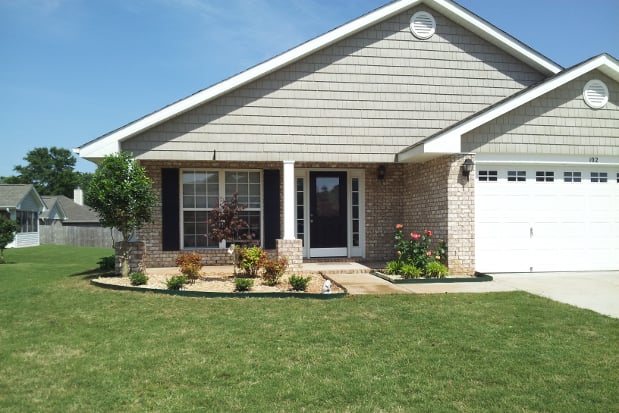
Any time you undertake a home improvement project, you want it to yield double the investment’s worth. If you get new countertops, you want a material that not only looks good, but is also durable. If you invest in hardwood flooring, you will want a very durable wood that looks good and is easy to clean. Here is a short list of the most common home improvement projects, along with some average costs and ideas about getting double or even triple for your investment.
Choosing Your New Roof
In some snowy areas of the country, roofs need to be replaced every 5-7 years. In other areas, every 20-25. At some point, you will have to replace a roof, either on your current home or your next one. Roofs are big components in energy efficiency, not to mention they are your first line of defense against the elements, so they need to be sound. This doesn’t mean, however, that they have to be a dull part of your home. Here is a breakdown of current roofing materials with some typical price ranges.
- Asphalt Shingles: These are the least expensive, which is why they are the most common. The cost range is typically $50-$150 per square (roofing is figured in “squares”, around 100 sq. ft.), but this doesn’t include the cost to remove the old shingles, which can add $30-$60 per square. Asphalt shingles are durable and a little more exciting than they used to be with their new colors.
- Metal Roofing and Concrete Tiles: These materials are very durable and add a very cool design element to your curb appeal. The pricing has a high variance, starting at $115 per square on the low end and $650 on the high for extra coatings and more expensive metals.
- Ceramic Tiles: These are very unique and add very chic style to your roof. Clay tiles can cost $275 to $500 per installed square.
- Slate Tiles: Slate is the highest of the high end because it requires a special skill to install them. This process can cost right up to $1000 a square. The good thing is that once slate is installed, it will last fifty years.
Ready to start your Home Improvements?
Find ProsSiding Makes the Biggest Impact
Siding is the first thing people notice about homes, plus it covers the most area so it is the most important area for curb appeal. While style preference is up to you, there are some performance implications that might affect your decision on which material to use.
- Vinyl Siding: This is the most popular choice because it is available in some many different colors, it is durable, and a good insulator. It is hard plastic, so even if it gets scratched, the color is the same throughout so you won’t have to repaint. Because this material is mass-produced, it is the cheapest type of siding that you can buy.
- Wood Shingles: These are great choices for that cabin look. The installation process is basically nails, and wood insulates fairly well. They do need to be treated every few years, which is messy and can drive the cost up over the life of the siding.
- Stucco: Stucco performs the best of all siding. It is a thick, fantastic insulator of both heat and cold. The installation process is much more involved and messy, and stucco can be damaged easily, especially if young children are around.
- Metal Siding: This material performs well in the colder climates, but can get dented rather easily compared to the above siding types. This is more expensive than other types because the material is in limited supply. The advantage is that metal needs no maintenance, won’t grow mold, and is an excellent insulator.
- Costs: To get an accurate picture of siding costs in your area, siding contractors will provide free estimates. For the time being, realize the siding materials listed above are slated in order from least expensive to most.
Windows to Savings
Home windows should be looked at as more than just curb appeal extras. Windows can help insulate, block the sun or let it in to help warm your home, and they can be glazed or tinted to help protect your floors and furniture.
Windows are pretty difficult to pin down for pricing because there are so many different types of windows, not to mention brands. Inside of brands there are single-hung, double-hung, sash windows, picture windows, bay windows — the list goes on. While your exact costs are difficult to determine, here are some ideas to help you to decide how to price your replacement windows.
- Decide on Window Types: Together with a designer, select the specific window types that you will need to go in particular spots. A picture window here, a small window over there, a large bay window here — you get the picture.
- How Many Windows? Once you know the styles you are looking for, a window contractor will need a count to deliver an accurate estimate.
- Pick a Brand: There are several different brands on the market that make top of the line to moderately-priced windows. Some have guarantees, some give discounts for more windows, some award discounts for one-storied homes, etc.
Depending on how many windows you need and the brand you choose, a complete replacement of all windows can cost anywhere from $4,500 to 6,800 on average. So if you get an estimate that is much higher, try another company. Likewise, if you get an estimate that is lower than you anticipated, think about trying a higher brand of windows.
Ready to start your Home Improvements?
Find ProsThe Pretty Penny
These remodels are common because they often need updating—or replacing altogether—every so often. Just remember that different materials exist to fit different climates and designs, as a better form of insulation, and many other reasons. Just know that you have options if you need to replace your roof, siding, or windows, and those options need not be considered lightly.
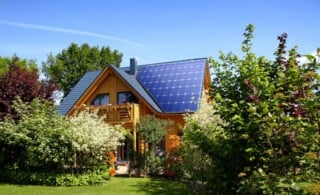 Sustainable Home Improvements that Help Save the Planet
Sustainable Home Improvements that Help Save the Planet 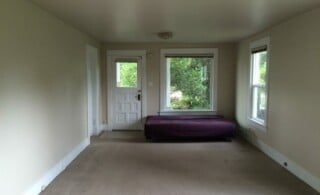 How to Hide Pesky Carpet Seams
How to Hide Pesky Carpet Seams 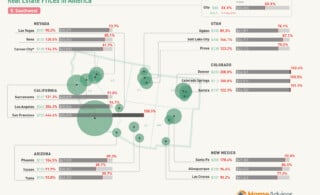 Real Estate Affordability Across America – How Does Your City Stack Up?
Real Estate Affordability Across America – How Does Your City Stack Up?  Costs for Popular Improvements in Boston
Costs for Popular Improvements in Boston 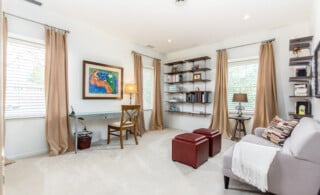 Refurbishing Your Home Furnishing
Refurbishing Your Home Furnishing 

Are You Familiar With This Topic? Share Your Experience.